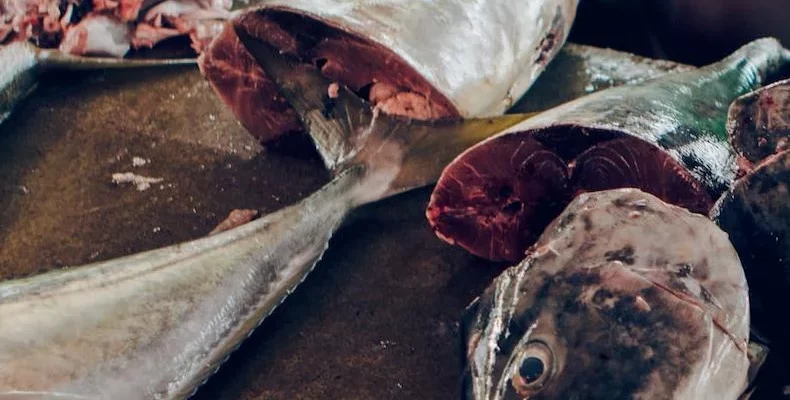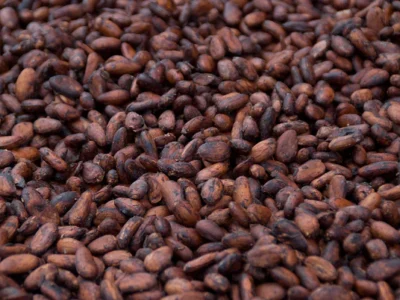Seychelles has a thriving fishing industry that contributes significantly to the country’s social and economic development. According to the World Bank, it is INVESTING IN the second most important sector in Seychelles after tourism, accounting for 20per cent of GDP and employing 17 per cent of the population.
Three types of fishing are practised in Seychelles: artisanal fisheries targeting
demersal and semipelagic species; semi-industrial fisheries targeting pelagic
species; and industrial fisheries targeting tuna species.
Industrial fisheries are the most important in terms of economics. Seychelles has one of the highest per capita fish consumption rates in the world, and artisanal fisheries contribute significantly to the country’s protein requirements. Since extensive monitoring began in 1985, artisanal fishery catches have remained very consistent, averaging 4,568 metric tonnes per year. A diverse range of fish and invertebrate species are targeted, and the overall catch composition has remained consistent. Tuna landings by purse seine fleets have increased significantly over the last 18 years, with a record capture of roughly 42,945 metric tonnes in 2002.
There is also a fish-processing sector, with two fishprocessing factories
producing for both the domestic and international markets, and a big canning
facility processing 350 metric tonnes of tuna per day, largely for the export
market. Fishing is based on a shared quota system for the four major species,
with a total allowable catch (TAC) set for each species. The individual quotas are, however, transferable, subject to the authorisation of the Seychelles Fishing Authority.
Handline fishery is by far the most important, accounting for more than 73 percent of total fish landings. This fishery involves all types of fishing vessel,
including fibreglass vessels, lekonomi-type vessels, whaler-type vessels and
schooners. The trap fishery is the other major subsector, accounting for 15 per
cent of total landings. This fishery primarily targets species found on reefs and shallow coral banks.
The fishery is highly seasonal, with activity occurring whenbad weather forces fishermen to operate in inshore locations, sometimes insidethe reefs. There is a significant net fishery that uses encircling nets to catchprimarily mackerel. All nets are approved, and the operation is carried out by smalloutboardpowered vessels with crews of three to four people.
The government’s objectives for the sector include managing its marine resources to maintain the industry’s long-term viability, creating jobs, increasing revenue from the industry, integrating the sector into the larger economy and promoting maritime safety. The Seychelles Fishing Authority regulates the sector and provides regulatory guidelines. In an effort to combat overfishing, Seychelles decided in 2017 to join the Fisheries Transparency Initiative (FiTI), a global initiative to deal with illegal, unreported and unregulated (IUU) fishing in African waters, mainly by commercial fleets managed by other states. While FITI is still in its early stages, it has set a lofty goal of making fishing more transparent and sustainable, and Seychelles was one of the first countries to join.
Market Potential
Most of the fish caught is sold in district markets and consumed fresh. The
largest of the markets is in Victoria, the capital. High-quality species (Serranidae and Lutjanidae) are typically sold to major export and fish processing companies for resale to hotels or for fresh ice export to Europe. Only during times of glut are fish frozen and distributed, primarily to the lower end of the market. There are currently six ice plants on Mahé, each producing 35-40 tonnes of ice per day, and one on Praslin, producing three tonnes per day.
There are only a few fish-processing operations, such as smoking marlin and
sailfish for the hotel industry. Some vessels fishing in the southern groups of
islands make longer journeys and salt fish for sale in the main islands seasonally.
There is also a small shark fishery, with vessels mostly targeting sharks for their fins, which are typically sold to the Far East for high prices. Furthermore, a large sea-cucumber fishery has grown in the last five years, with the final salted product also shipped to the Far East. The semi-industrial longliner fishery’s landings, primarily swordfish (60 per cent) and tuna (40 per cent) are sold fresh on ice, predominantly to the EU (France and Italy) and the United Kingdom, with some being sold to Japan.















Comments